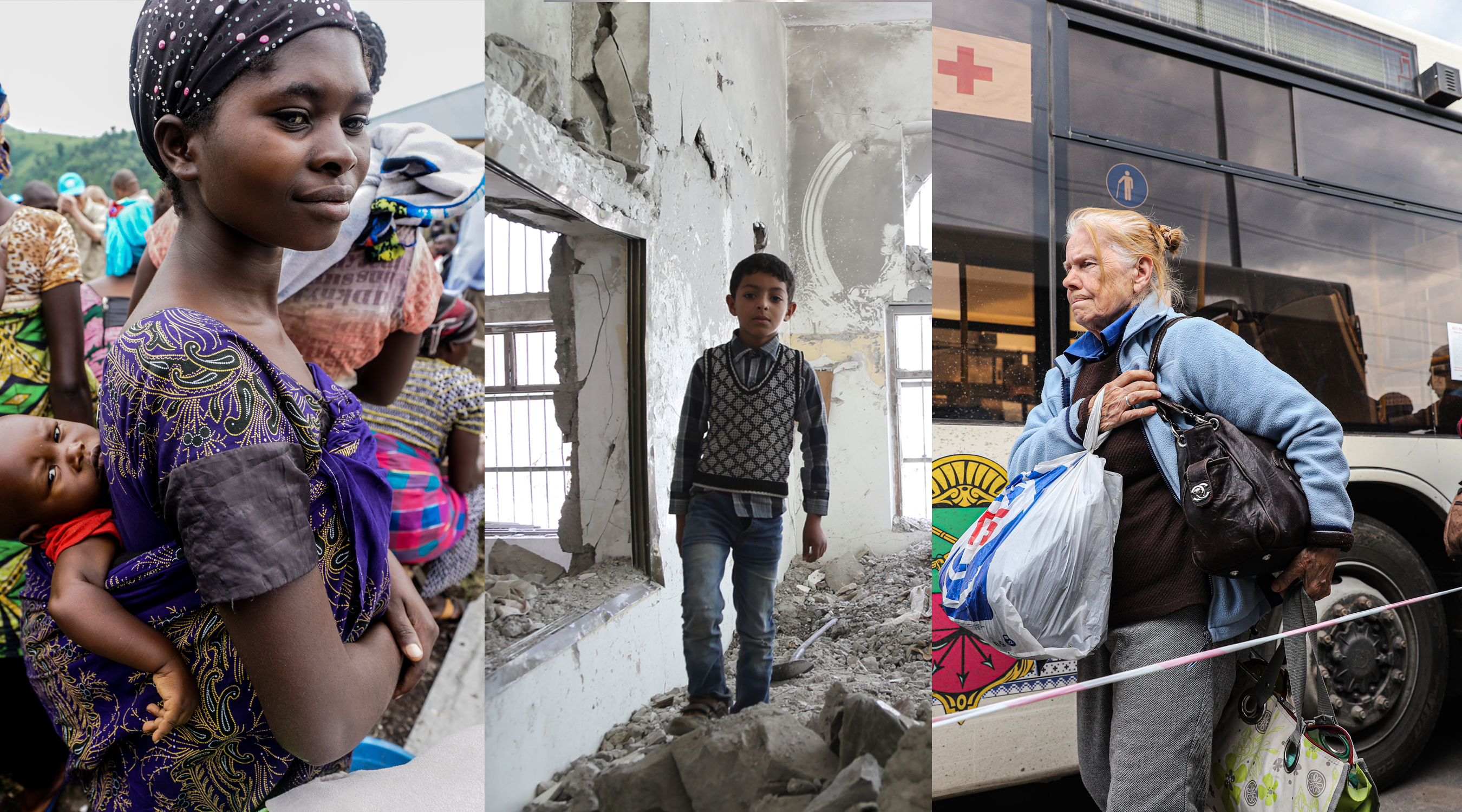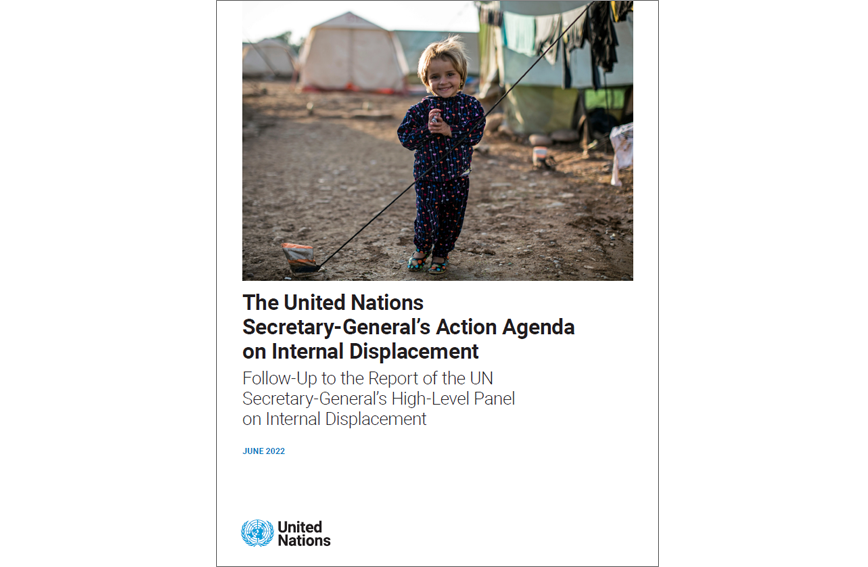Introduction
More people are currently displaced within their own countries than ever recorded before due to conflict, violence, disasters and the impact of climate change.
The number of internally displaced persons (IDPs) has doubled over the last ten years, with women, children and marginalized groups often facing the greatest impacts.
Millions of people have remained trapped in displacement for years, some even for decades.
The challenged us not to accept the status quo and to step up collective action on internal displacement. As a follow-up, this Action Agenda [PDF] is the Secretary-General's vision to better resolve, prevent and address internal displacement crises.
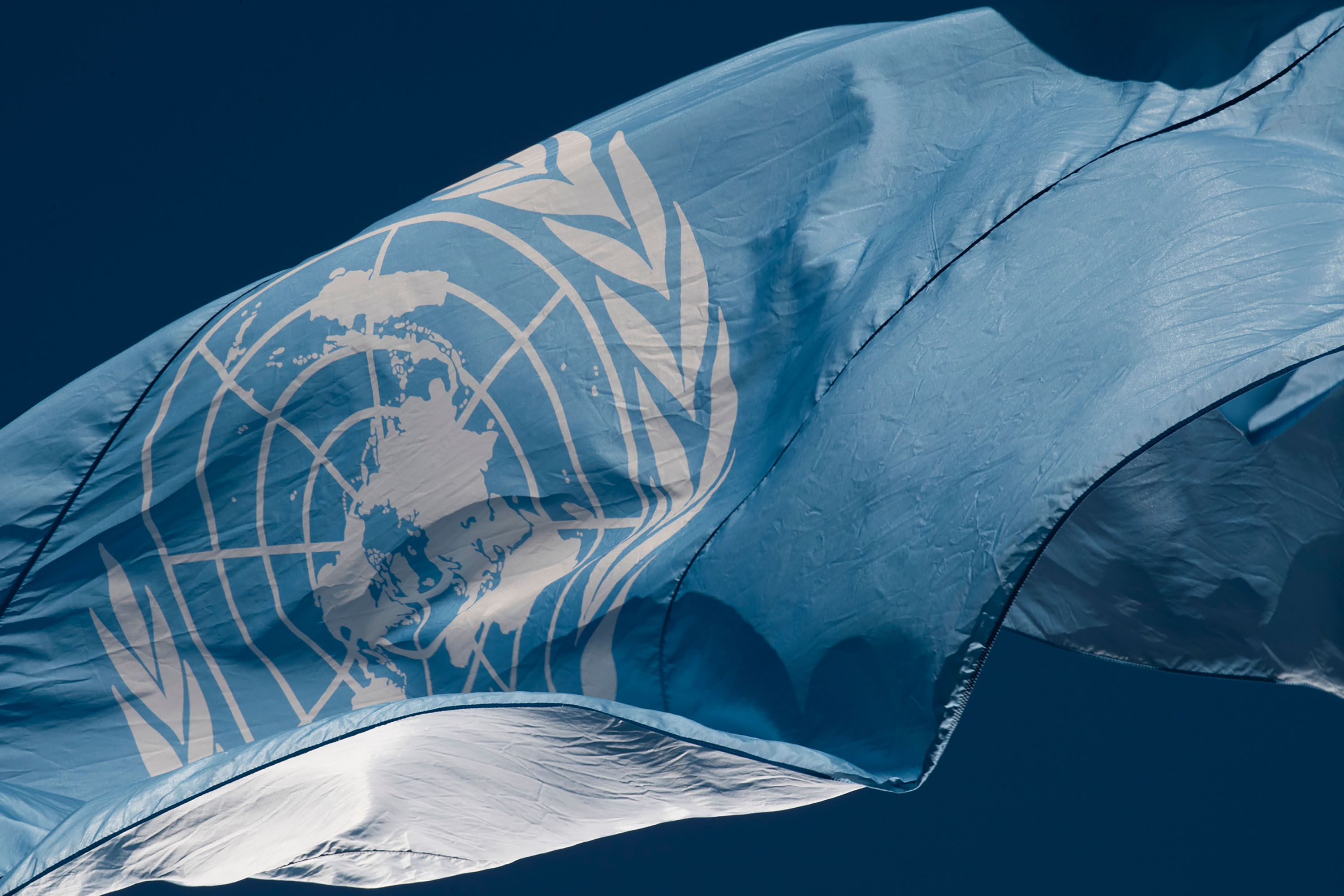
UNITED NATIONS SECRETARY-GENERAL
ANT?NIO GUTERRES
The Secretary-General’s Action Agenda
The Action Agenda on Internal Displacement has three overarching goals:- Help IDPs find a durable solution to their displacement
- Better prevent new displacement crises from emerging
- Ensure those facing displacement receive effective protection and assistance
Three interlinked goals
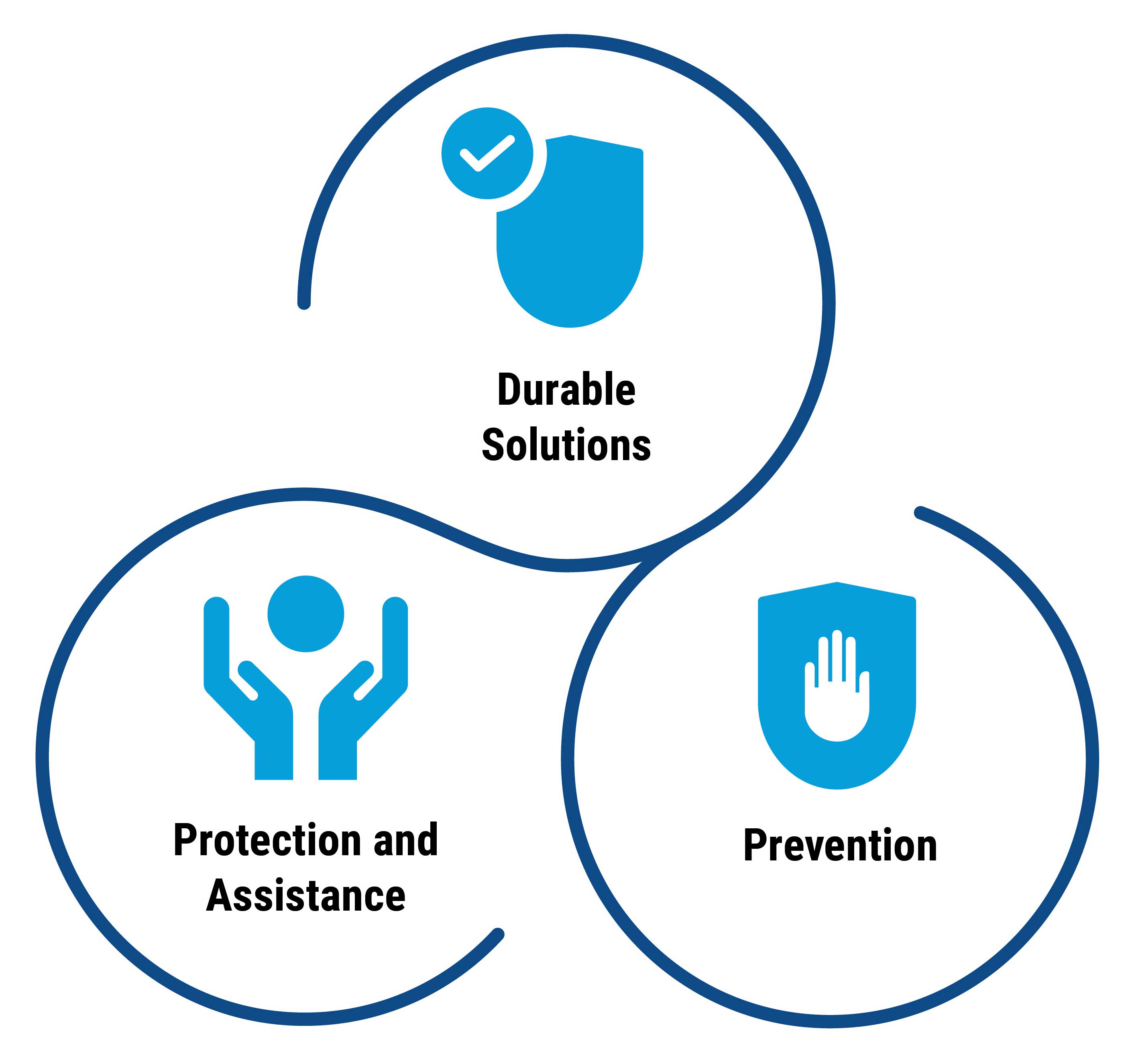
Durable Solutions
There is a collective obligation to help people of all genders, ages and diversities find a durable solution to their displacement by supporting them to sustainably reintegrate into their places of origin, local communities, or other areas of the country. States bear the primary responsibility to facilitate durable solutions to internal displacement. Sovereignty comes with responsibility and displacement-affected States must recognize action on internal displacement as a national, whole-of-government priority with the rights of IDPs as citizens and residents at the centre.
Better Prevention
We must do far more to prevent the drivers of displacement from occurring in the first place, both by addressing root causes and by mitigating immediate risks and their impacts. Taking action now to address these drivers constitutes the best form of protection and contributes to ensuring that solutions are sustainable.
Effective Assistance and Protection
The world must work to close the gap between humanitarian needs and the protection and assistance provided. After having already been torn from their homes, livelihoods, and support networks, IDPs should not have to endure further fear for their safety and well-being. We must strengthen the quality of assistance and protection, an effort that should be shaped and guided by a central focus on human rights.
Follow-Up
Within the UN system, a Special Adviser on Solutions to Internal Displacement, with the support of an interagency Steering Group, will take the lead in facilitating the follow-up to this Action Agenda, including in engaging with Member States, IDPs and host communities, civil society, and other relevant actors. The Special Adviser will rely on the active contributions of relevant UN entities, NGOs, and multi-stakeholder initiatives in this follow-up.Joint Statement
Taking forward the UN Secretary-General’s Action Agenda on Internal Displacement [PDF] — joint statement by the principals of DCO, IOM, OCHA, UNDP and UNHCR
Select Facts and Figures
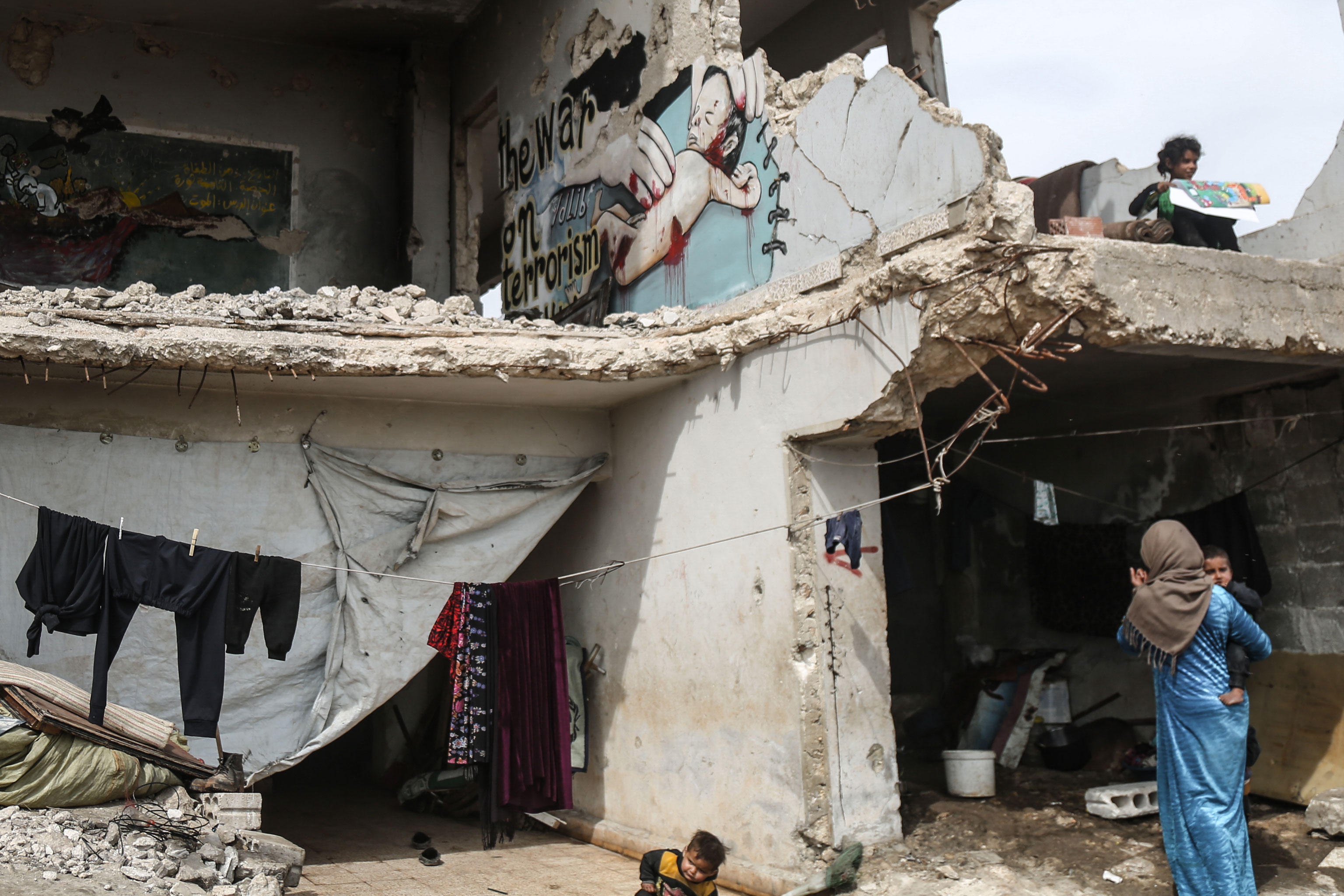
©OCHA

©OCHA
Number of IDPs
More people are currently displaced within their own countries than ever recorded before due to conflict, violence, disasters and the impact of climate change – over 59 million people at the end of 2021. The number of people internally displaced by conflict has more than doubled over the last ten years.
PHOTO | April 2020 – Binish, Idleb governorate, Syria. ©OCHA
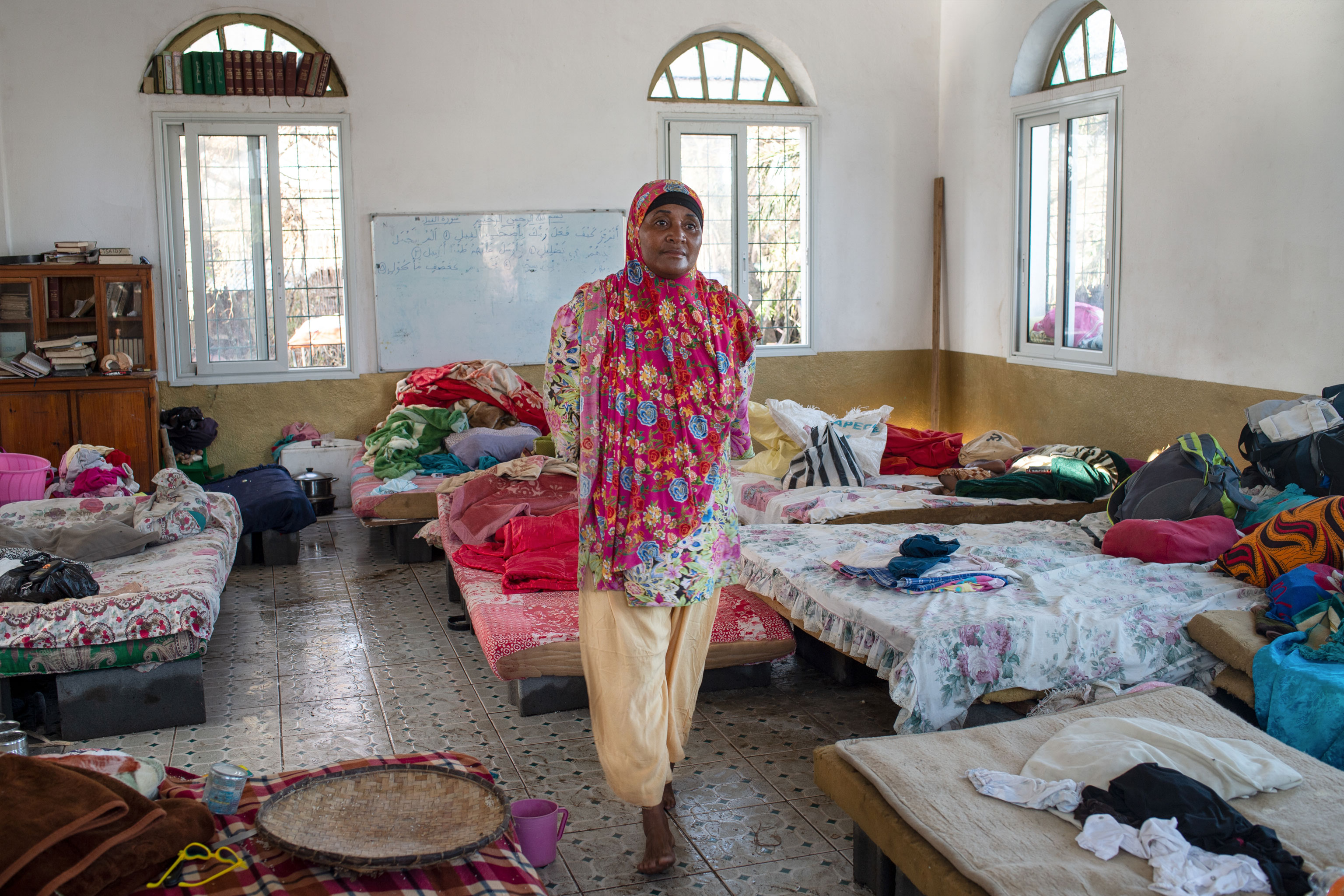
©UNOCHA/Viviane RAKOTOARIVONY
Climate change
Internal displacement is expected to grow further as a result of the adverse effects of climate change. Extreme weather events, droughts, and sea level rise are already leading causes of new displacement and will likely be exacerbated in coming years and decades
PHOTO | February 2022 - Morarano primary school IDP site, Mananjary, Madagascar. ©OCHA/Viviane Rakotoarivony

©UNOCHA/Viviane RAKOTOARIVONY
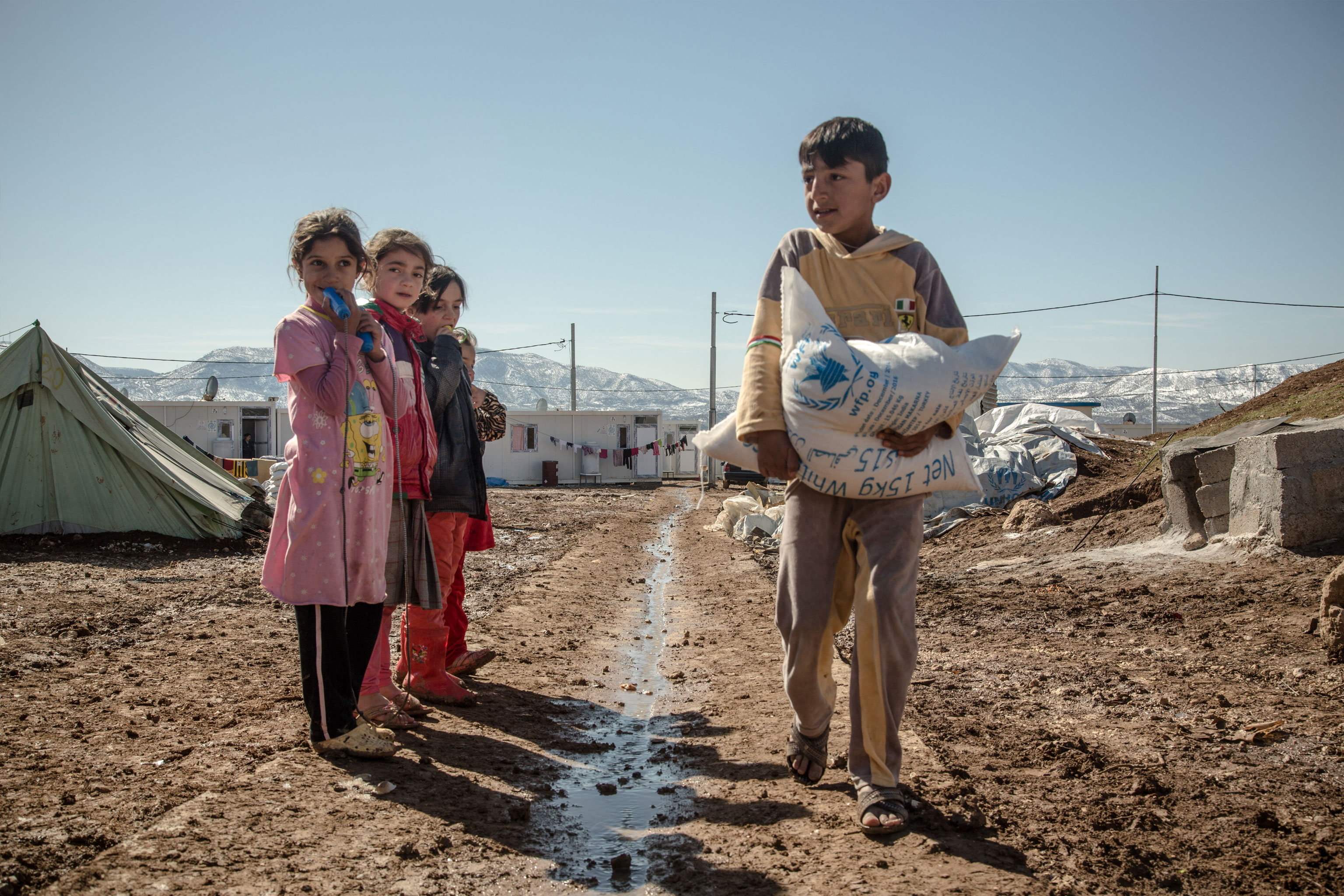
©OCHA/Bahaa Elias

©OCHA/Bahaa Elias
Short-term humanitarian assistance
Millions have remained trapped in displacement for years, and in the absence of a lasting solution, have been forced to depend on short-term humanitarian assistance for their survival.
PHOTO | - Dawodia IDP Camp, Dohuk Governorate, Iraq. ©OCHA/Bahaa Elias
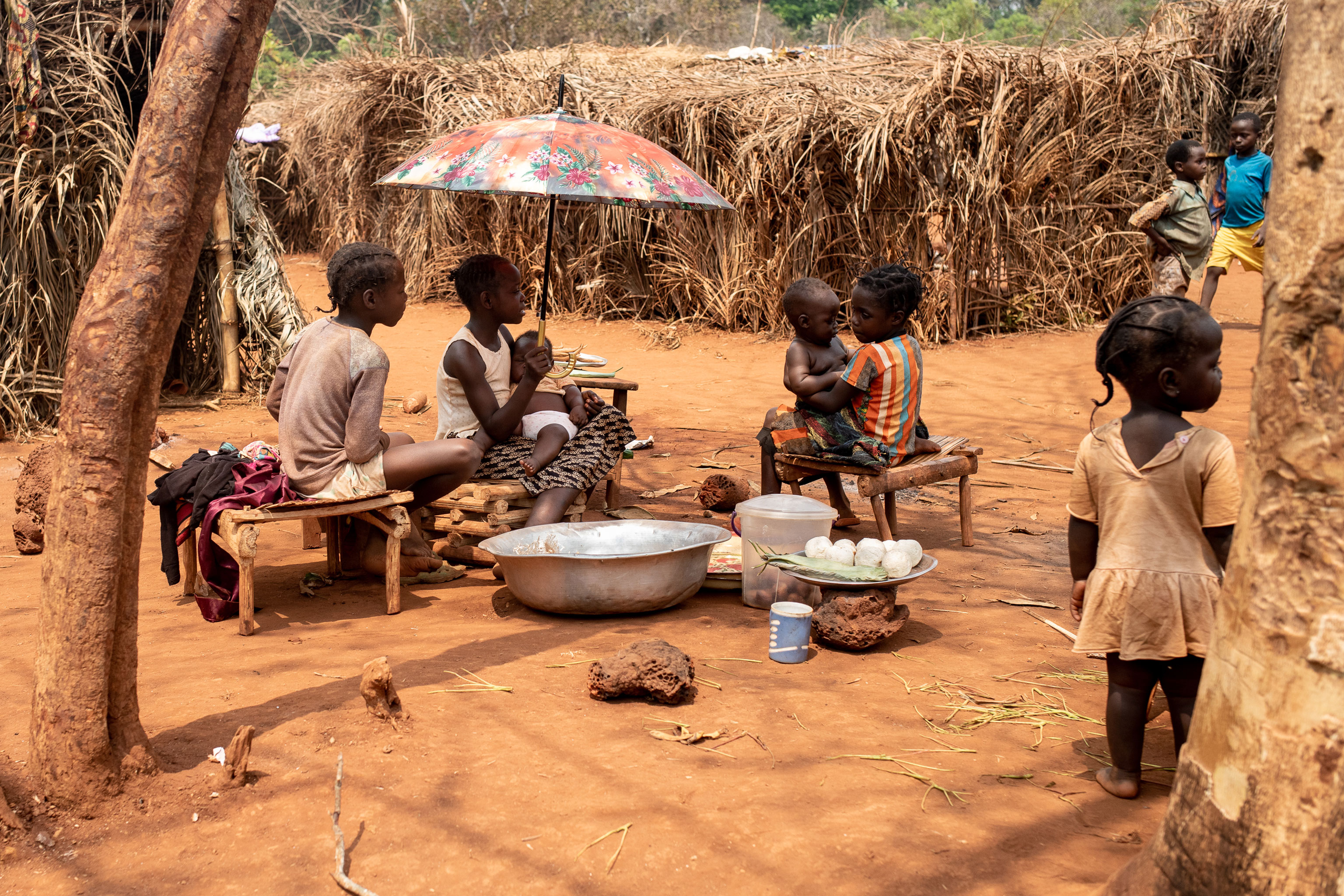
©OCHA
Vulnerable groups
Over half of all IDPs are women and children. These individuals, as well as those from marginalized groups, often face particular risks before and during displacement.
PHOTO | February 2021 – IDP site in Siwa, Central African Republic. ©OCHA

©OCHA
Durable solutions
"We have a collective obligation to help [IDPs] find a durable solution to their displacement by supporting them to reintegrate into their places of origin, local communities, or other areas of the country. We must work creatively and collectively on this path from the outset of displacement, drawing on globally recognized standards like the Guiding Principles on Internal Displacement and the Inter-Agency Standing Committee (IASC) Framework on Durable Solutions for Internally Displaced Persons."
— source: Action Agenda [PDF]
Return
Sustainable reintegration at the place of origin.
Local integration
Sustainable local integration in areas where internally diplaced persons take refuge.
Settlement
Sustainable integration in another part of the country.
IASC Framework on durable solutions for IDPs
— 8 Criteria —
Long-term safety and security
Adequate standard of living
Family reunification
Access to remedies and justice
Access to livelihoods and employment
Personal and other documentation
Accessible mechanism for restoration of housing, land and property
Participation in public affairs
— source: IASC Framework (Action Agenda [PDF])
Internet Explorer is not compatible
For a better experience, visit this website with Microsoft Edge, Firefox, Chrome or any mobile device
Continuez
